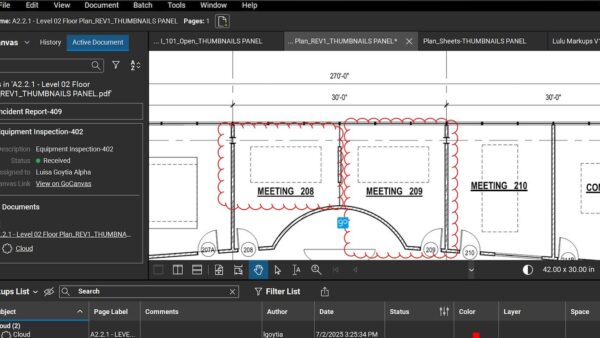The trend towards embellished reports of BIM overachievement has re-emerged, says David Shepherd, BIM manager at Lend Lease.
For the implementation of BIM to deliver measurable success, managerial innovation must develop in conjunction with technology to facilitate beneficial change. In the UK, we’ve taken a tiered approach to implementing BIM, which provides time for such innovation to keep up with the pace of technology adoption.
This approach is typified by the familiar “Bew-Richards BIM Maturity diagram” (pictured above), which presents the adoption of the technology in terms of four stepped maturity levels.
Almost immediately after the government BIM Strategy was published in May 2011, several firms announced that they were already BIM Level 2-compliant. However, on closer inspection of their claims, it became apparent that they were only realising the benefits of cross-referenced production drawings and early design coordination in 3D. These benefits are largely outcomes of BIM Level 1 and, while they are useful, the ultimate goal of BIM Level 2 is information management.
The BIM Maturity diagram represents a gradual trajectory of industry adoption, but it would be more honest for a delivery process that achieves coordinated project information in 3D to be categorised as BIM Level 1, rather than a genuine example of BIM Level 2.
2016 is now only a few months away and the ethos of fictitious BIM overachievement has re-emerged, spurring on bold claims of some having already achieved BIM Level 3.
In support of these assertions, the project participants, once again, point to a measure of design coordination, this time using an on-line server-based model environment that integrates the work of all major disciplines in 3D. For conclusive proof of BIM Level 3 compliance, they also highlight the project-wide mandate of Industry Foundation Classes (IFC).
IFC is the non-proprietary standard for data exchange at Level 3 but, while necessary, it is still not sufficient for what is required at BIM Level 3.
The erroneous statements are best addressed by contrasting BIM Level 3 with Level 2. It’s only partly true to say that, instead of just exchanging files, Level 3 uses the very different process of all participants continuously updating a single on-line integrated building model.
The official definition describes Level 3 as: “A fully integrated and collaborative process enabled by ‘web services’ and compliant with emerging Industry Foundation Class (IFC) standards. This level of BIM will utilise 4D construction sequencing, 5D cost information and 6D project lifecycle management information.”
I’d agree that BIM Level 3 project delivery does provide the important ability to bypass file size limitations through the IFC data structure that can extend the single model across a limitless number of storage devices. However, the key benefit to information management that is missed by many is the ability to interrogate BIM data remotely through web services.
You access web services every time you search for a location in Google Maps. In terms of BIM, web services allow you to use a browser to query and extract reports on the IFC model from across the internet. At the very least, a Level 3-compliant project would involve the use of similar browser-based tools for deriving information from the shared integrated model.
The fact is that while several protocols have been developed for remote browser-based model review, the BIM Level 3 applications, which could leverage them, are in their software infancy.
So, absent remote information management tools, I’d take those BIM Level 3 claims with a pinch of salt.














